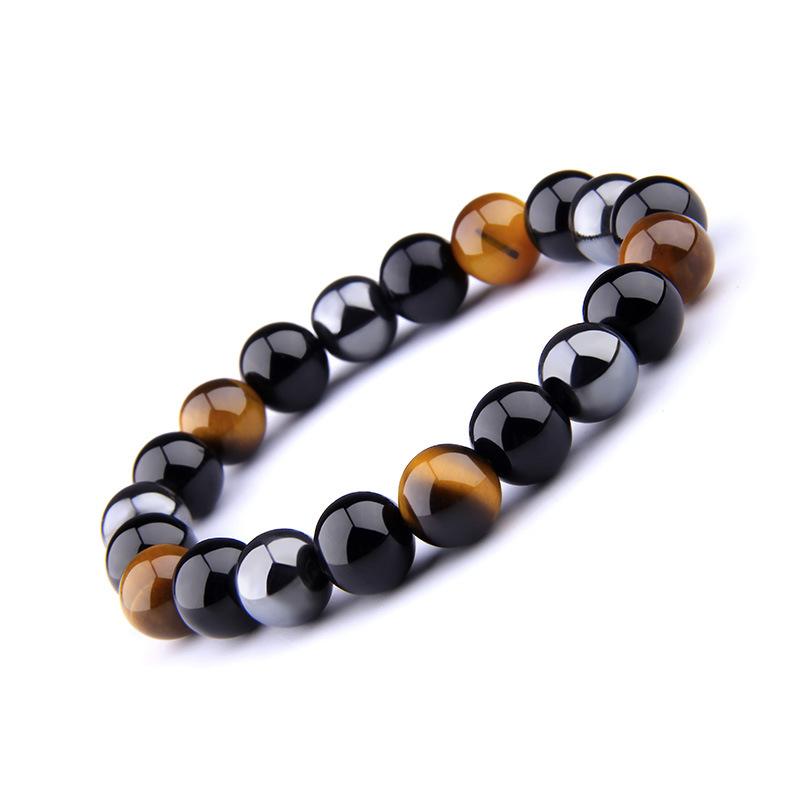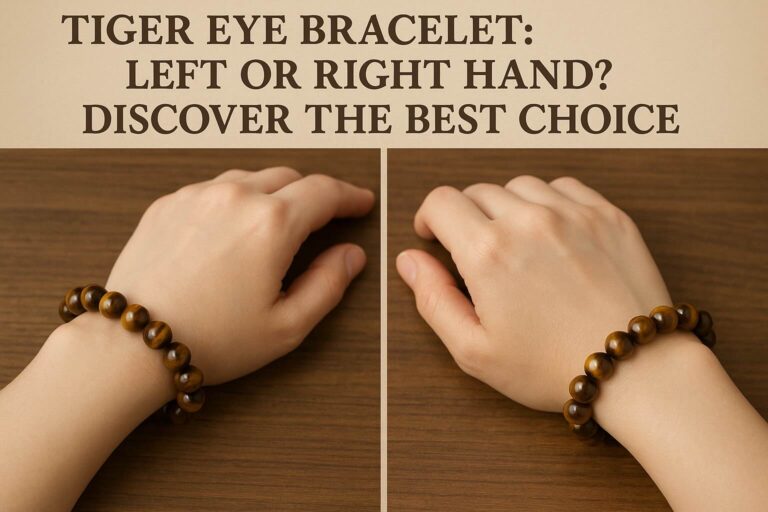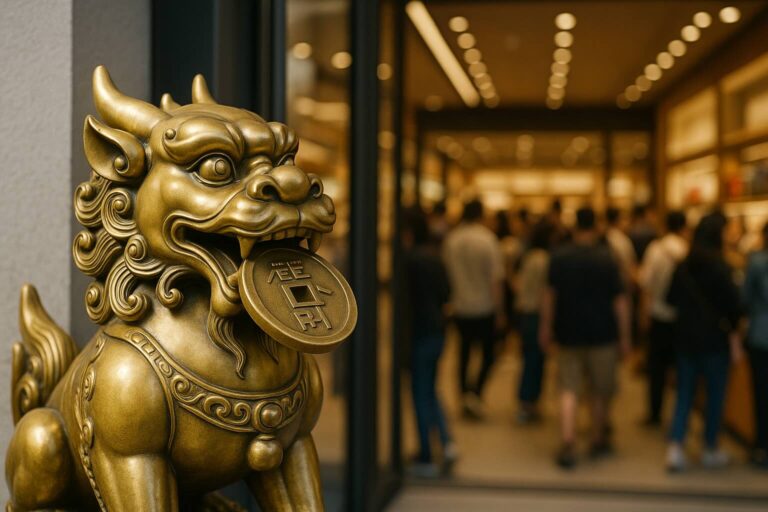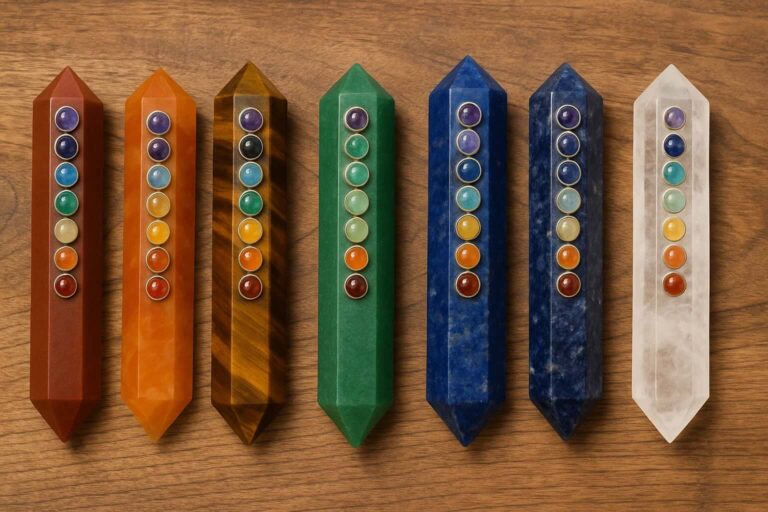Is Tiger’s Eye Expensive? 2025 Market Prices & Value Guide
In this article
- 1 Introduction
- 2 What Is Tiger’s Eye?
- 3 Is Tiger’s Eye Expensive in 2025?
- 4 What Determines the Price of Tiger’s Eye?
- 5 Tiger’s Eye vs. Other Gemstones: Is It Worth the Price?
- 6 Where to Buy Tiger’s Eye: Price Comparison (2025)
- 7 Tips to Avoid Overpaying for Tiger’s Eye
- 8 Is Tiger’s Eye a Good Investment?
- 9 FAQs
- 10 Conclusion
Introduction
Tiger’s Eye, known for its striking golden-brown luster and silky chatoyancy, has long captured the attention of gemstone lovers and spiritual enthusiasts. As interest continues to grow in 2025, knowing whether Tiger’s Eye is expensive—and why—is essential for smart shopping and collecting.
What Is Tiger’s Eye?
Origins & Composition
Tiger’s Eye is a type of quartz formed by the pseudomorphous replacement of crocidolite. Its silky, fibrous structure gives it the shimmering light-reflecting effect it’s known for.
Unique Chatoyancy Effect
This optical effect, called chatoyancy, creates a glowing band of reflected light that appears to move across the stone—much like the eye of a tiger.
Common Uses
Tiger’s Eye is widely used in jewelry, spiritual rituals, and interior decor due to its beauty and symbolic meanings related to strength and protection.
Is Tiger’s Eye Expensive in 2025?
Average Price Per Carat or Piece
As of 2025, Tiger’s Eye is considered affordable compared to other gemstones, though prices vary:
Raw stones: $1 to $5 per carat
Cabochons: $1 to $10 per carat
Faceted stones: $50 to $500 per carat
Jewelry pieces: From $50 to several thousand dollars depending on design and material
High-End vs. Common Grade
Premium Tiger’s Eye with vibrant color and strong chatoyancy is more expensive. Lower-grade pieces with dull colors or weak patterns are usually cheaper.
Colored Variants
Blue (Hawk’s Eye): $0.10 to $3 per carat
Red Tiger’s Eye: $0.60 to $7 per carat
Golden Tiger’s Eye: $2 to $100 per carat based on quality
What Determines the Price of Tiger’s Eye?
Color and Clarity
Deep, vibrant colors and minimal inclusions make a Tiger’s Eye more desirable and costly.
Size and Cut Quality
Larger stones and expert craftsmanship in cutting can significantly increase the value.
Origin and Source Country
Tiger’s Eye mined from well-known sources, like South Africa or Brazil, may carry a premium due to reputation and quality consistency.
Craftsmanship & Setting
Intricate jewelry designs or rare cuts will naturally command higher prices.
Tiger’s Eye vs. Other Gemstones: Is It Worth the Price?
When compared to similar semi-precious stones such as jasper or agate, Tiger’s Eye stands out for its unique chatoyancy. It’s generally more affordable than precious gems, yet its aesthetic and symbolic value make it a worthwhile choice for many buyers.
Where to Buy Tiger’s Eye: Price Comparison (2025)
Online vs. Local Stores
Online sellers often offer broader selections and lower prices, but physical stores provide the advantage of direct inspection and immediate purchase.
General Market Options
Tiger’s Eye can be found at gem fairs, metaphysical shops, jewelry retailers, and direct-from-miner platforms, each with varying price points depending on quality and presentation.
Price Range by Form
Rough Stones: $1 to $5 per carat
Beads: $1 to $10 each, depending on size
Jewelry: $50 to thousands of dollars
Tips to Avoid Overpaying for Tiger’s Eye
Watch Out for Synthetics
Avoid overly perfect or vividly colored stones—they may be artificial. Genuine Tiger’s Eye typically shows slight natural variations.
Choose Reputable Sellers
Look for vendors who disclose sourcing and provide authenticity guarantees.
Understand Market Rates
Research current market trends and compare prices before purchasing to ensure you’re getting fair value.
Is Tiger’s Eye a Good Investment?
While not typically viewed as a high-value investment gem, Tiger’s Eye does hold long-term appeal due to its consistent demand, spiritual significance, and aesthetic uniqueness. High-quality, rare specimens may appreciate over time.
FAQs
Is Tiger’s Eye more expensive than other semi-precious stones?
Not usually. It’s typically more affordable but varies with quality.
Can Tiger’s Eye increase in value?
Yes, especially high-grade or uniquely colored stones.
How can I tell if my Tiger’s Eye is real?
Real stones will have natural fibrous patterns and chatoyancy. Buying from trusted sources helps ensure authenticity.
Does origin affect price?
Yes. Stones from Brazil and South Africa often have better quality and may be priced higher.
Is Tiger’s Eye good for spiritual uses?
Many believe it offers grounding and protective energy, making it a popular choice in metaphysical circles.
Conclusion
Tiger’s Eye remains an attractive and accessible gemstone in 2025. While generally affordable, factors like quality, cut, color, and rarity influence its value. For those seeking beauty, symbolism, or potential resale value, it offers a rewarding purchase.
Related Reading:
Tiger Eye Bracelet: Left or Right Hand? Discover the Best Choice – SparkMart369.com







